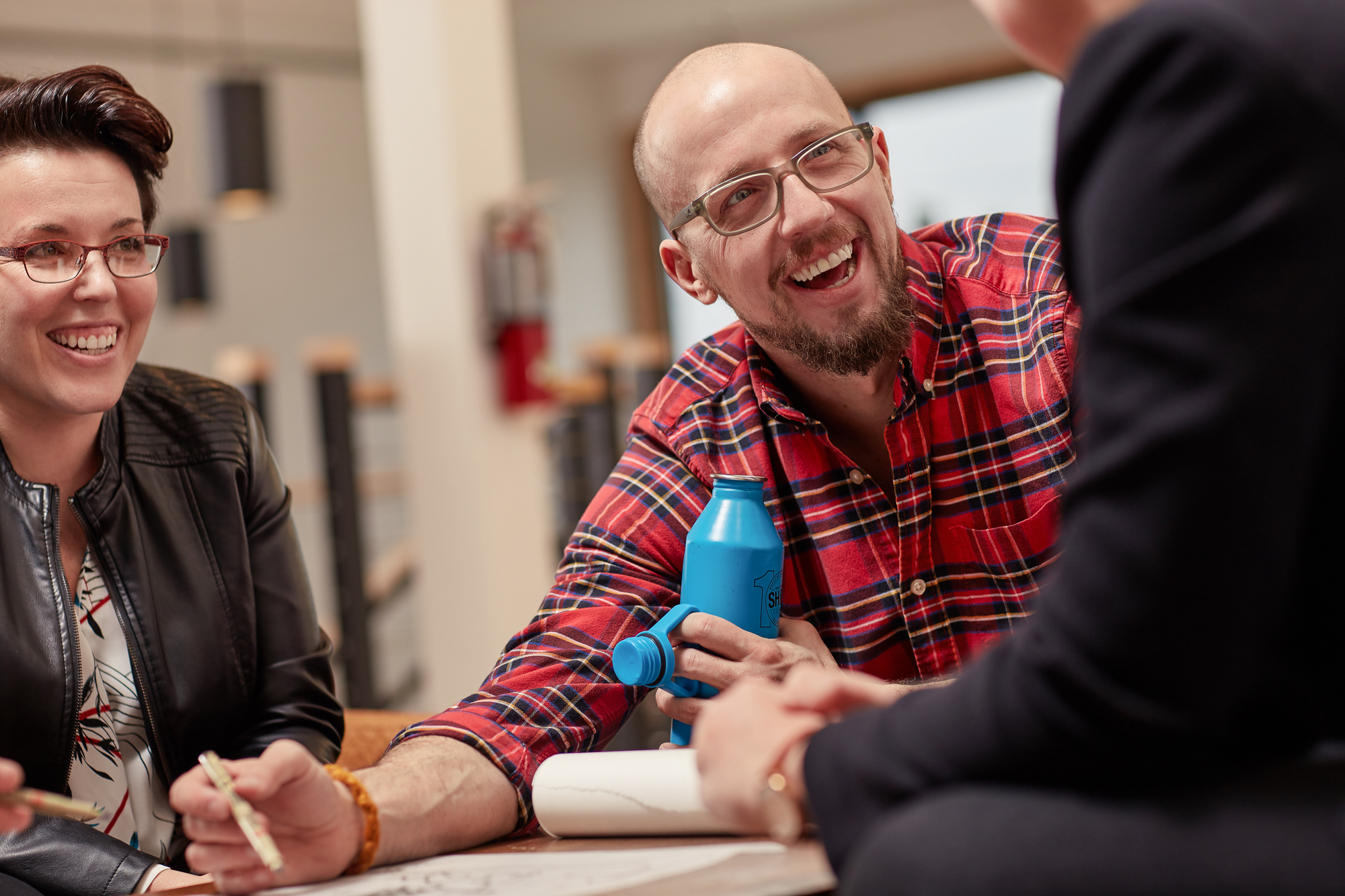How to Make Business Thrive in Any Environment

December 31, 2020
Growing your business during difficult economic times can be tough. When times are good, opportunities seem to pop up organically all the time. Facing a potential economic downturn and dealing with the inability to create serendipitous moments of opportunity through physical, non-socially distanced interactions, my company has found it helpful to regroup and double down on staying true to our culture and community. The company is taking cues from the lessons learned through success and failure in the last downturn and focusing on its purpose — the reason for being a company, the why. I hope these lessons will help you, too.
Entrepreneurs everywhere espouse the ideas Simon Sinek wrote about in his book Start With Why and the corresponding TED Talk that has over 50 million views. Sinek details, through multiple real-world examples, how the most successful leaders, business owners, and innovators always start with why — their purpose. How and what must always follow why to find enduring, sustainable success.
Over the last 10 years as a partner at TRIAD, I have spent countless moments remembering and forgetting Sinek’s sage advice. Every time I have gotten too focused on what we do or how we do it, I have lost focus on the things my team, clients, and communities care deeply about. If you are going to make it through a downturn, you have to make sure to always focus on and sell why you do what you do.
Each company’s why is different, and each company should seek to build processes, services, and products that reflect its specific purpose. My company’s specific purpose is to utilize its skills and talents to make its clients’ visions become reality and to connect those visions with its clients’ communities. This drives how the company does everything it does. It has resulted in methods that are unique to my company and driven by its why. Because of the why, the company builds authentic processes to engage stakeholders in overcoming challenges to making their vision a reality. Because of the why, my company goes beyond the client’s vision and becomes an engrained partner in the client’s community. The result of focusing on how the company does what it does and why it does it is an ecosystem of mutual respect and focus on achieving the clients’ goals. What is your why, and how does it drive what you do? The answer to this will drive your success no matter how bad the economy gets.
When I came on as a partner in 2009, the economy was quickly diving into the tank. However, my company was lucky. It had public projects with funds that had already been allocated. My partner and I were not previously business owners, so we were naive enough to not see what was coming. We figured our company was somehow just more resilient and that this downturn was not going to hurt it. Fast forward to 2012, and the company had the slowest year in the more-than-20-year history of the firm. My partner and I got desperate. We saw our competition winning projects, and we frantically tried to imitate what they were offering. We lost all sight of who we were and why we did what we did. It is important that you never get caught in this trap. If you want to be successful in building long-term partnerships, you must stay authentic. When you start with why this occurs naturally.
At some point, my partner and I had a moment of clarity and began refocusing our efforts toward growing our business around community. Slowly and surely, we rebuilt the company. Keep in mind that what you do is not limited by why you do it. If you want to grow, you have to be open to opportunities and willing to take a chance.
For my company, being open to new opportunities resulted in two additional lines of business. When one of the company’s public clients lost its maintenance staff due to the downturn, it asked if my company could take on some of that work. This caused my partner and me to form a new construction arm to plan, manage, and execute those service and maintenance contracts. What we didn’t realize at the time was that we were starting with why. You should continuously ask yourself, “What are my clients’ needs?” and “Do their needs align with my purpose — my why?” If they do, you can expand what you do for that client.
Similarly, when my company was running out of clients, my partner and I thought, “Why can’t we be our own client?” So, the company purchased a historic building in downtown Columbus and undertook a historic restoration and adaptive reuse project. You always need to challenge your assumptions, even more so when times are tough. If you start with why you will open yourself up to an endless number of answers to what you do.
In both of these instances, my partner and I realized that our approach to helping execute a client’s vision for a building project did not have to be limited to architectural services. We could, and did, bring that same approach to construction and development.
As we close in on the last quarter of 2020, I encourage you to look at the lessons you have learned over the last few months of disruption due to the pandemic and throw the rule book out the window. Refocus on executing your passion. This may involve changing or expanding your definition of what you do and how you do it. Ultimately, you want your clients to truly believe what you believe, and to understand the ways in which working with you can impact their company and their community.
Written by Brent Foley, Partner

